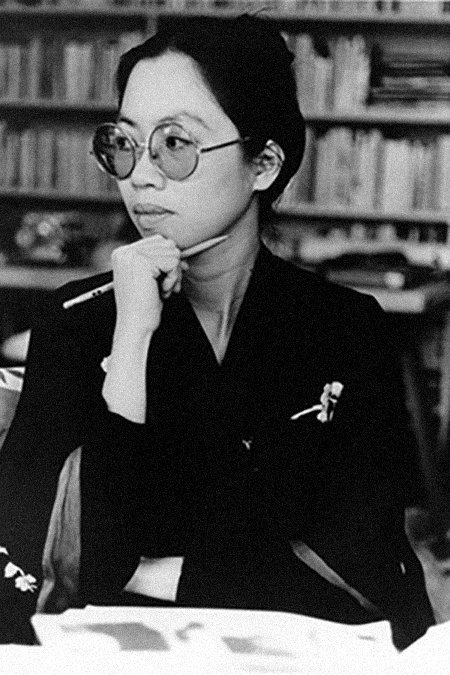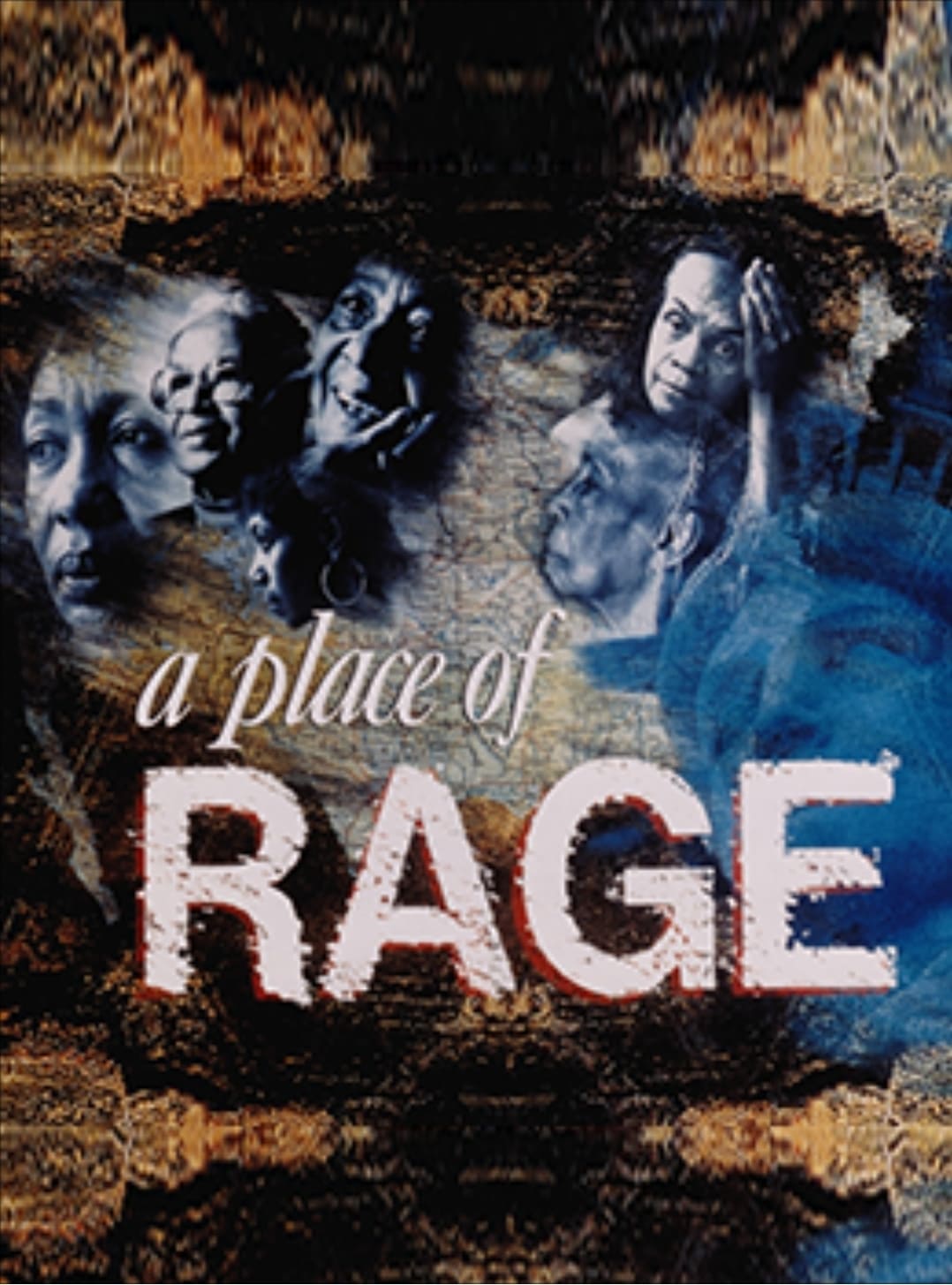

The film takes the notion of harmony in China as a site of creative manifestation, and draws from footage shot in 1993 and 1994, in Eastern and Southern China, specifically from provinces Anhui, Hubei, Zhejiang, Fujian and Guangxi—linked to the remote origins of Chinese civilisation.

Featuring enlightening interviews with Angela Davis, June Jordan, and Alice Walker, this essential documentary is an exuberant celebration of Black American women and their achievements. Within the context of the civil rights, Black power, feminist, and LGBT movements, the trio reassess how women such as Rosa Parks and Fannie Lou Hamer revolutionized American society and the world.

The Machine That Killed Bad People is about the cultural and political history of the Philippines leading up to the overthrow of President Ferdinand Marcos in 1986. It also addresses the role of electronic media in the struggle for power, and more broadly, American intervention in the Third World. Using a structure that emulates the way television news programs construct meaning through fragmentation, the tape interweaves clips of Filipino activists and reporters, a fictional television anchorwoman and correspondent, commentary by independent filmmaker Trinh T. Minh-ha, Fagin's off-camera voice and script, and anonymous excerpts from commercial television.
Trịnh T. Minh-hà (born 1952) is a Vietnamese filmmaker, writer, literary theorist, composer, and professor. She has been making films for over thirty years and may be best known for her films Reassemblage, made in 1982, and Surname Viet Given Name Nam, made in 1985.
By browsing this website, you accept our cookies policy.